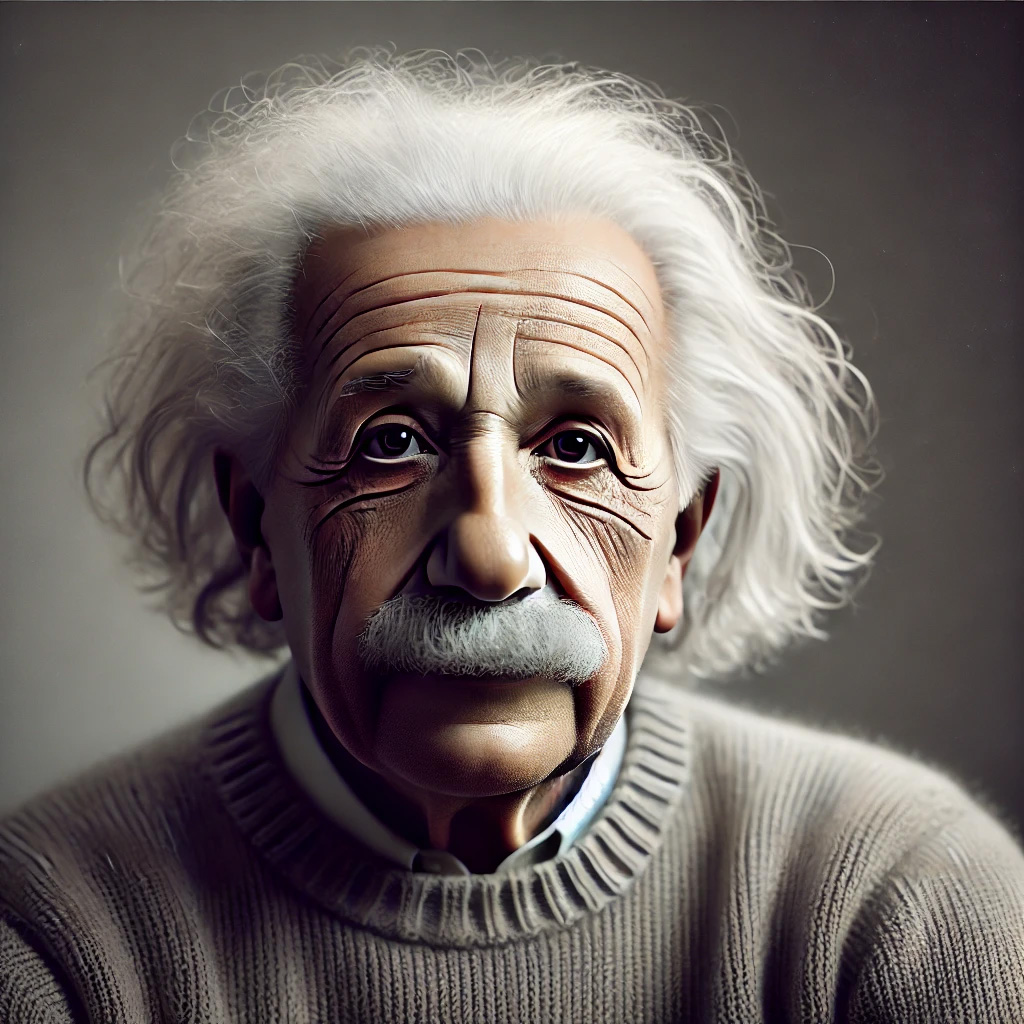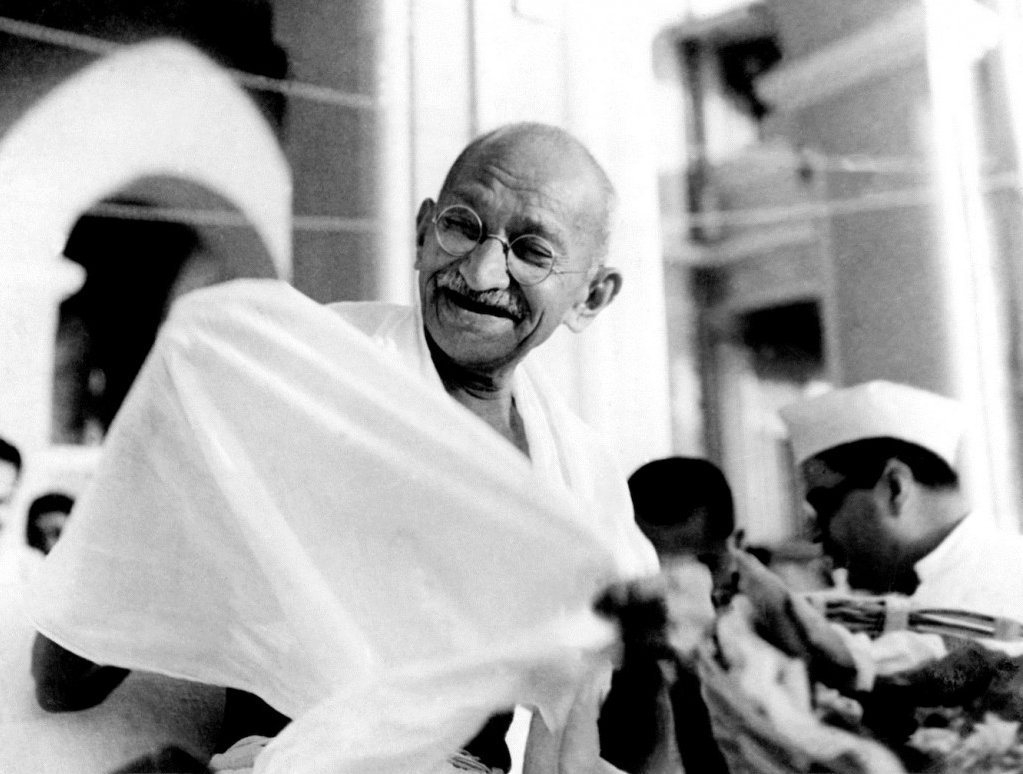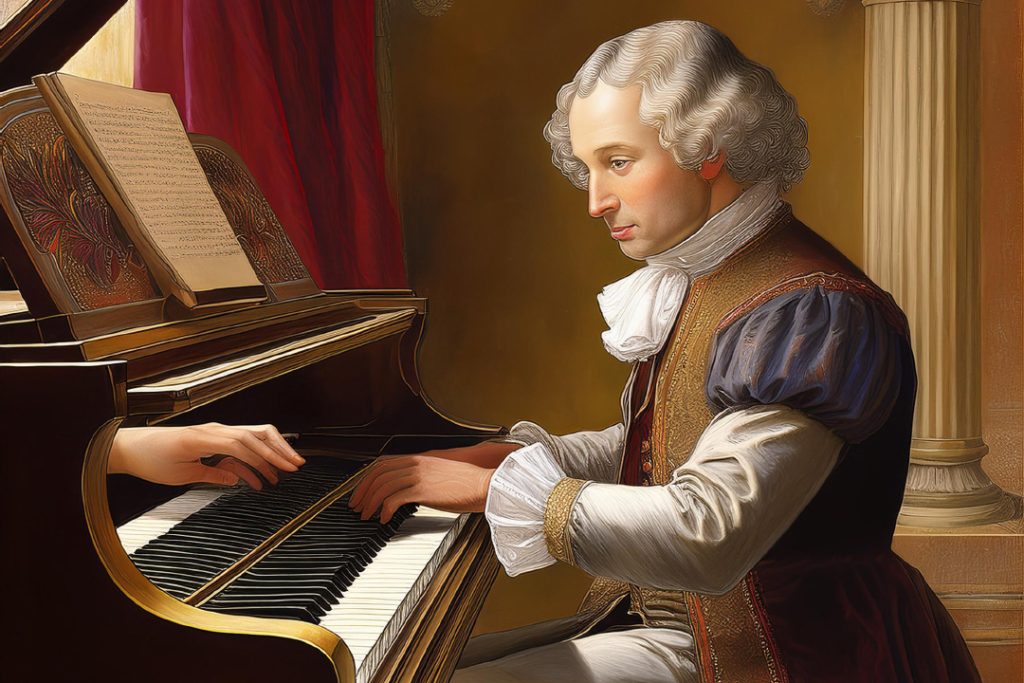Albert Einstein is undoubtedly one of the most iconic figures in science and human history. Born in the late 19th century, his work revolutionized physics, giving the world a new understanding of the universe. This biography will explore his life, achievements, and lasting legacy, while providing useful resources for those interested in delving deeper into his extraordinary life.
1. Early Life and Education
Albert Einstein was born on March 14, 1879, in Ulm, Germany, to Hermann Einstein and Pauline Koch. His family was Jewish, and though his parents were not deeply religious, their heritage played a subtle role in shaping Einstein’s identity. His father, Hermann, was an engineer and founder of an electrical company, which may have ignited Einstein’s early fascination with science and technology.
In 1894, when Einstein was 15, his family moved to Italy, leaving him in Munich to finish his education. Einstein struggled within the rigid educational system of his time. He disliked rote learning and was often at odds with teachers. Nevertheless, he excelled in subjects like mathematics and physics.
At 17, Einstein enrolled at the Swiss Federal Polytechnic in Zurich, where he would begin a journey that would soon change the course of modern science.
2. The “Miracle Year” of 1905
The year 1905 is often referred to as Einstein’s “Annus Mirabilis” or Miracle Year. During this time, while working at the Swiss Patent Office, Einstein published four groundbreaking papers that altered the landscape of physics forever.
Special Theory of Relativity
One of these papers introduced the special theory of relativity, which fundamentally changed our understanding of time and space. The most famous outcome of this theory is the equation E=mc², which demonstrates that energy (E) and mass (m) are interchangeable, with c being the speed of light.
Photoelectric Effect
In another paper, Einstein provided an explanation for the photoelectric effect, which showed how light can behave both as a wave and as a particle. This discovery earned him the Nobel Prize in Physics in 1921.
Brownian Motion
Einstein also tackled the concept of Brownian motion, which provided empirical evidence for the existence of atoms and molecules. This paper laid the groundwork for the field of statistical mechanics.
Mass-Energy Equivalence
Einstein’s fourth paper in 1905 laid the theoretical foundation for the mass-energy equivalence, encapsulated in the now famous equation E=mc². This equation later became critical in nuclear physics, explaining the vast amounts of energy released during atomic reactions.
3. Academic Career and World Recognition
After his “Miracle Year,” Einstein’s work began to garner international attention. He accepted a teaching position at the University of Zurich in 1909, followed by appointments at other prestigious universities such as the University of Prague and the Swiss Federal Institute of Technology. Eventually, Einstein became a professor at the University of Berlin and a member of the Prussian Academy of Sciences in 1914.
By this point, Einstein’s fame had transcended the world of physics. His general theory of relativity, developed in 1915, proposed that massive objects could bend space-time, a theory confirmed by observations of a solar eclipse in 1919. This made him a global icon almost overnight.
4. Einstein’s General Theory of Relativity
The general theory of relativity, published in 1915, built upon the principles of his earlier work. It presented a bold new way to think about gravity, explaining it as the curvature of space-time rather than as a force between masses. This theory predicted phenomena like black holes, the expansion of the universe, and gravitational waves, all of which have been confirmed in the following decades.
When Einstein’s predictions were validated by British astronomer Arthur Eddington during the 1919 eclipse, his fame grew beyond the scientific community. Einstein became a symbol of genius, known for his wild hair, deep-set eyes, and eccentric manner.
5. Escaping Nazi Germany
As a Jewish intellectual in 1930s Germany, Einstein became a target of the rising Nazi regime. His outspoken opposition to fascism and his support for Zionism made him a particular target for Nazi propaganda. In 1933, as Adolf Hitler came to power, Einstein left Germany, taking a position at the Institute for Advanced Study in Princeton, New Jersey.
The Nazi government quickly stripped Einstein of his German citizenship and confiscated his property. Safe in the United States, Einstein continued his work, although he shifted focus away from theoretical physics to more humanitarian causes.
6. Einstein and the Atomic Bomb
Einstein’s equation E=mc² played a critical role in the development of nuclear energy, but Einstein himself was a committed pacifist. However, in 1939, after hearing of Nazi Germany’s potential nuclear research, Einstein co-signed a letter to President Franklin D. Roosevelt, urging the U.S. government to begin nuclear research.
This letter eventually led to the Manhattan Project and the development of the atomic bomb. Though Einstein did not directly work on the bomb, he later expressed deep regret for his involvement, spending much of his later years advocating for nuclear disarmament.
7. Personal Life and Relationships
Einstein’s personal life was complex and sometimes tumultuous. He was married twice, first to Mileva Marić, a fellow physicist, in 1903. They had two sons, Hans Albert and Eduard. However, the marriage deteriorated, and they divorced in 1919.
Shortly after, Einstein married his cousin, Elsa Löwenthal, who became his steadfast companion until her death in 1936. Despite these close relationships, Einstein was known to be a private person who preferred the world of ideas to that of social life.
8. The Later Years and Legacy
Einstein spent the last few decades of his life at the Institute for Advanced Study in Princeton, working on his unified field theory. He sought to merge the forces of electromagnetism and gravity into one comprehensive framework, though this effort was never completed.
Einstein’s health began to decline in the 1940s, and he passed away on April 18, 1955, at the age of 76. His brain was preserved for study, leading to discoveries that his parietal lobe, associated with mathematical ability, was 15% larger than average.
9. Einstein’s Contributions to Modern Science
Albert Einstein’s work has had an indelible impact on many fields of science. His theories underpin much of modern cosmology, quantum mechanics, and nuclear physics. The concepts of space-time curvature, gravitational waves, and the photoelectric effect are just a few examples of how his insights continue to influence cutting-edge research today.
Furthermore, Einstein’s advocacy for civil rights, world peace, and nuclear disarmament highlights his commitment to improving humanity’s future.
10. Further Research and Resources
For those interested in diving deeper into the life and work of Albert Einstein, here are a few recommended websites:
- Einstein Archives Online: An invaluable resource that offers access to thousands of Einstein’s personal manuscripts, letters, and academic papers.
- The Nobel Prize Official Site: A detailed overview of Einstein’s 1921 Nobel Prize win and his contributions to the scientific community.
- Einstein Papers Project: A comprehensive collection of Einstein’s writings, including scientific papers and correspondence.
- American Institute of Physics – Einstein Exhibit: A fascinating exhibit exploring Einstein’s life and work in physics.
Conclusion
Albert Einstein’s life is a testament to the power of human curiosity and intellect. His contributions to physics reshaped our understanding of the universe, while his humanitarian efforts showed his deep commitment to peace and justice. Einstein’s legacy will continue to inspire generations of scientists, thinkers, and dreamers for centuries to come. Whether it’s his revolutionary equation, E=mc², or his humble reflections on life, Einstein remains a towering figure in both science and human history.
Here some recommended links selected for you: The Best Books of the Month, Todays best Deals at Amazon, Best Sellers in Cell Phones & Accessories and last but not least the easy and great way to send a gift for the holidays: Amazon.com eGift Card (Instant Email or Text Delivery).




